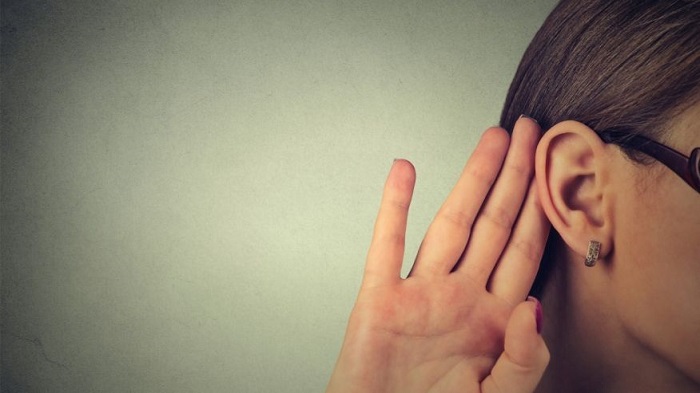Size matters
The shape of the ear has a big effect on how one hears, and since we’re only born with one pair, we get used to the sounds they deliver to the eardrum and eventually to the brain, says Dr. Ricketts, who does research into hearing aids. While some animals have rotating ears, many scientists have speculated that humans, at the top of the food chain, don’t need ear functions with up-down precision hearing, “since we’re not likely to be attacked from above or carried off by a bird,” Dr. Ricketts notes.
The ear’s outer flap, called the pinna, acts as a sound-gatherer, “a bit like a horn,” Dr. Ricketts says. That horn is pointed slightly to the front, allowing the ear to gather more sound from what it is facing rather than from what is behind. “The sounds from the back are sort of like shadows, and they don’t travel so well around the ear flaps,” Dr. Ricketts says.
lfred E. Neuman-size ear flaps should help drown out ambient noise behind a person, thus allowing him to hear the person he is facing better. People with flatter ears, on the other hand, can conceivably pick up sound from behind better, “which you could argue is a good monitoring ability,” the professor says. No matter your ear shape, to hear more clearly when speaking with someone face to face, simply cup the pinnas with your hands to concentrate the oncoming sound.
More about:
















































